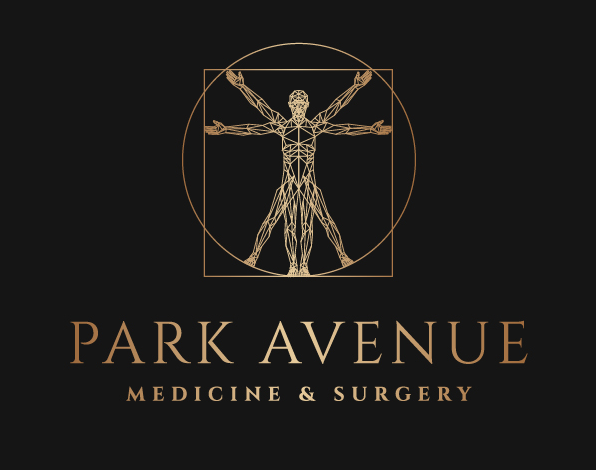Facial Pain: Unlike Headaches or Migraines
You may wake up one day to a sharp, throbbing pain on your forehead. You try to recall what you did yesterday that might be the cause of the aching, but you can’t find any obvious reason. You go to work, but the nagging pain continues. You may be tempted to shrug it off, dismiss it as some ordinary headache that would heal with time. However, sometimes pain escalates to more than what is “normal.”
Sources of facial pain are often the forehead, nose, cheeks, eyes, and mouth, and it is described by many to be stabbing or aching; such pain is usually caused by headaches or injuries. Oftentimes, it is harmless–a natural feeling of pain following physical trauma. Other frequent causes of facial pain, however, include an oral infection, toothache, or an abscess, which is a swelling of pus that forms under the skin. Rarely does facial pain indicate a more serious condition, as pain felt in the face can radiate from another region of the body, such as the ears and the head. Some more serious causes include shingles, sinusitis or a sinus infection, joint disorders, and nerve disorder. In reality, there is a wide range of facial pains, from dull and throbbing to sharp and stabbing. Whatever the case may be, a persistent, unwarranted facial pain is sufficient reason to visit the doctor.
The cause of facial pain is diagnosed based on the location and intensity of the pain. For example, a dull, throbbing pain near the mouth that gets worse when you eat is usually due t o toothache, and a trip to the dentist may be necessary. An aching pain along the cheekbone and eyes that becomes more intense if you lean forward may be an indication of sinusitis. Abscesses and ulcers are associated with throbbing pain at the site, while headaches and migraines are described as aching and stabbing. Trigeminal neuralgia, caused by a damaged or inflamed nerve, occurs when blood vessels apply excessive force on nerves near the brain. These patients suffer from severe, debilitating pain that prevents them from performing everyday activities like walking and eating. A sudden facial pain that seems to radiate from the left chest and arm could be an indication of a heart attack, and immediate medical attention is necessary.
The treatment of facial pain differs with the cause of the pain. Pain due to dental or sinus issues are treated by eliminating it at the source. A dentist can pull out a tooth with an acute cavity or a physician can provide medication to clear a sinus infection. For viral infections like shingles, doctors may prescribe antiviral medications such as acyclovir. Headaches are often treated with non-steroid anti-inflammatory drugs and other pain killers. For more severe cluster headaches and migraines, patients often receive over-the-counter medication such as opioid pain-relievers and antidepressants. Patients with trigeminal neuralgia are treated with occipital nerve blocks and peripheral nerve stimulation, in addition to drugs similar to those for severe headache treatment.
Muscle and joint pain have a different treatment approach. Patients who wake up with facial pain after waking up may be suffering from teeth grinding, or bruxism, while sleeping. Treatments include nightgards and stress management. Poor posture resulting from sedentary jobs that entail hours of work without moving can cause tightening of neck muscles, causing pain to be radiated in the face. Effective treatments include massages and physical therapy.
Chronic facial pain is very difficult to treat because it is a relatively ill-understood symptom, despite the fact that 10% of the adult population and 50% of the elderly population suffer from self-reported orofacial pain. It is also a multi-faceted condition, as it tends to be associated with psychological problems, predominantly depression. As a result of its complexity, a multidisciplinary approach is the optimum treatment for facial pain. For patients with idiopathic facial pain, the most effective way for doctors to alleviate their condition is to let the patients know that the doctors recognize and believe in their pain. Doctors must work together with their patients to create a feasible and reasonable treatment regime to reduce the pain.
The face is one of the most complex regions of the human body, with an incredible number of nerves, muscles, and bones. As a result, facial pain can have various causes and is difficult to diagnose. At one point or other, everyone undergoes facial pain, at varying intensities. As a result, it is important for people to understand the potential indications of facial pain and to seek medical attention when they see the warning signs, for it is always better to be safe than sorry.
References:
http://jnnp.bmj.com/content/71/6/716
http://www.healthline.com/symptom/facial-pain
http://www.tmjhope.org/a-guide-to-the-most-common-types-of-facial-pain/



